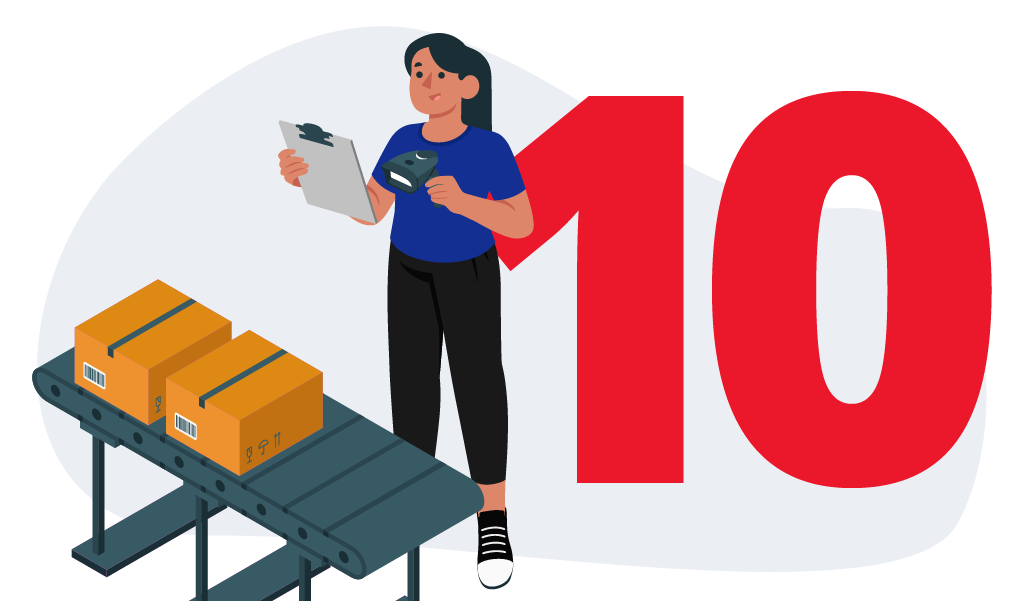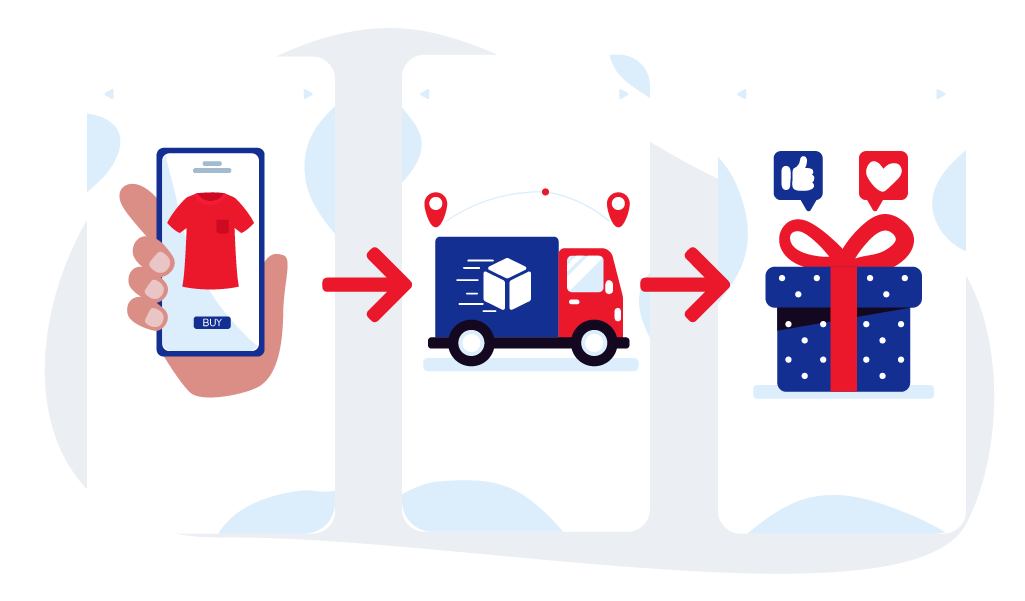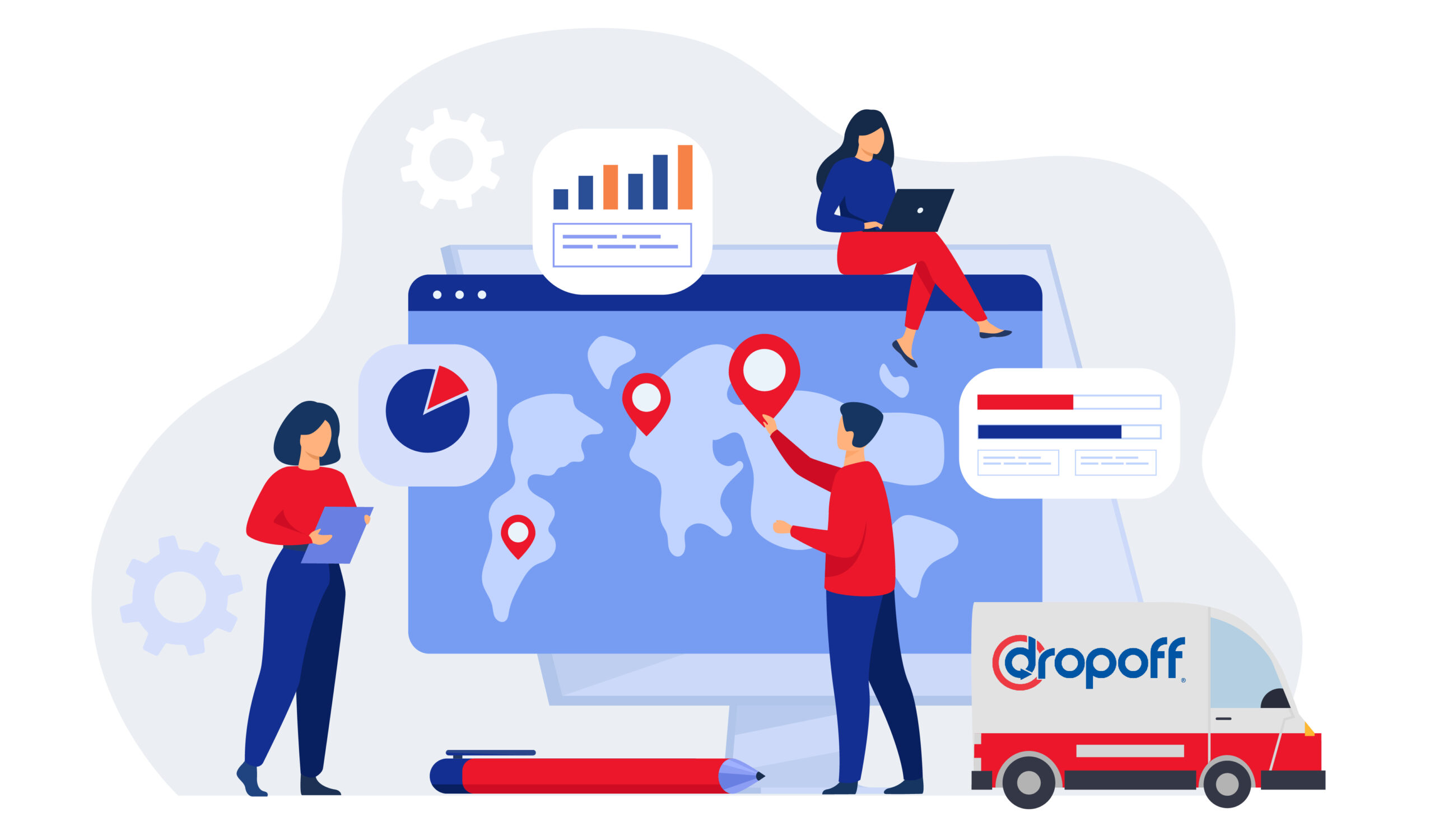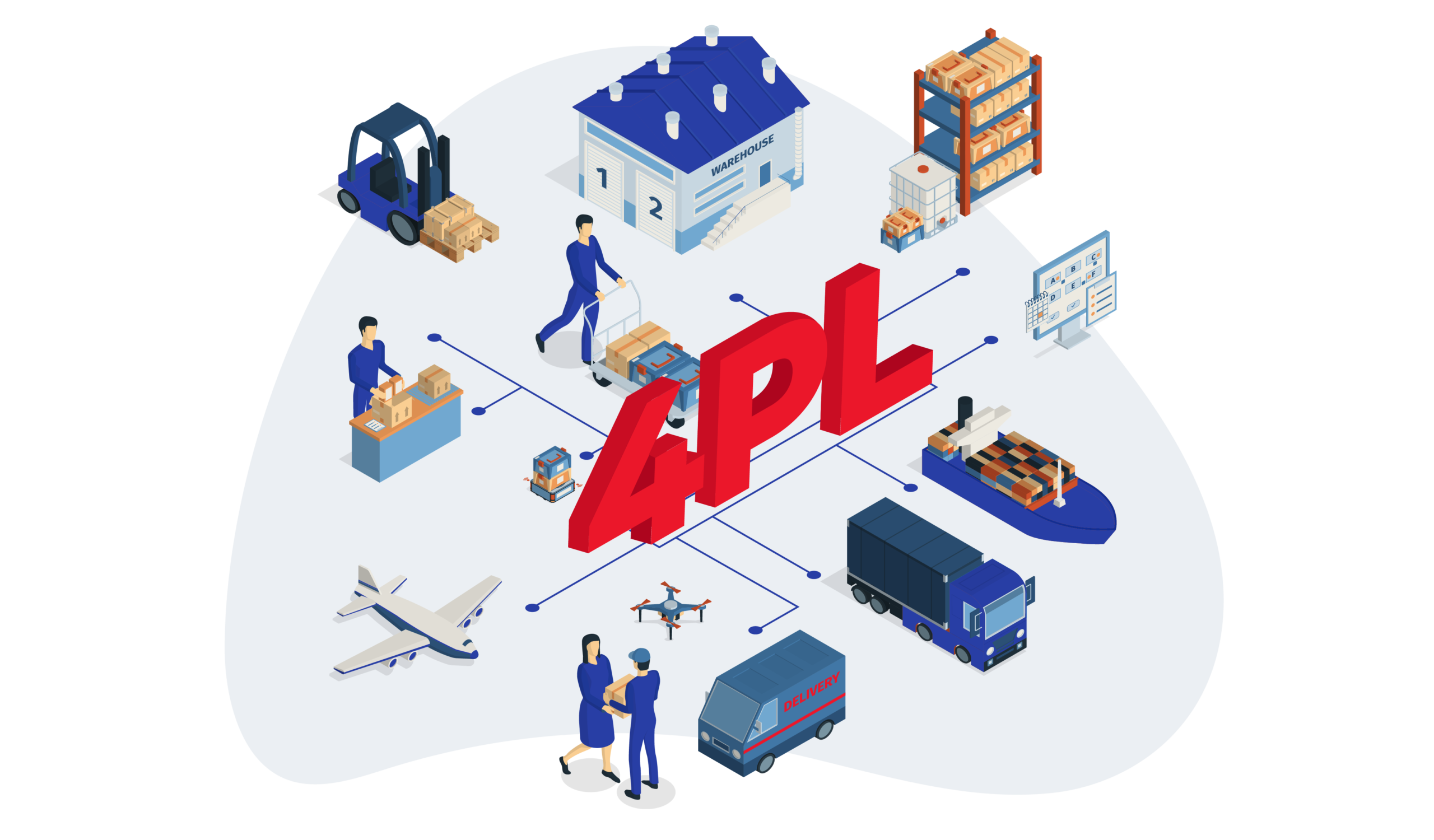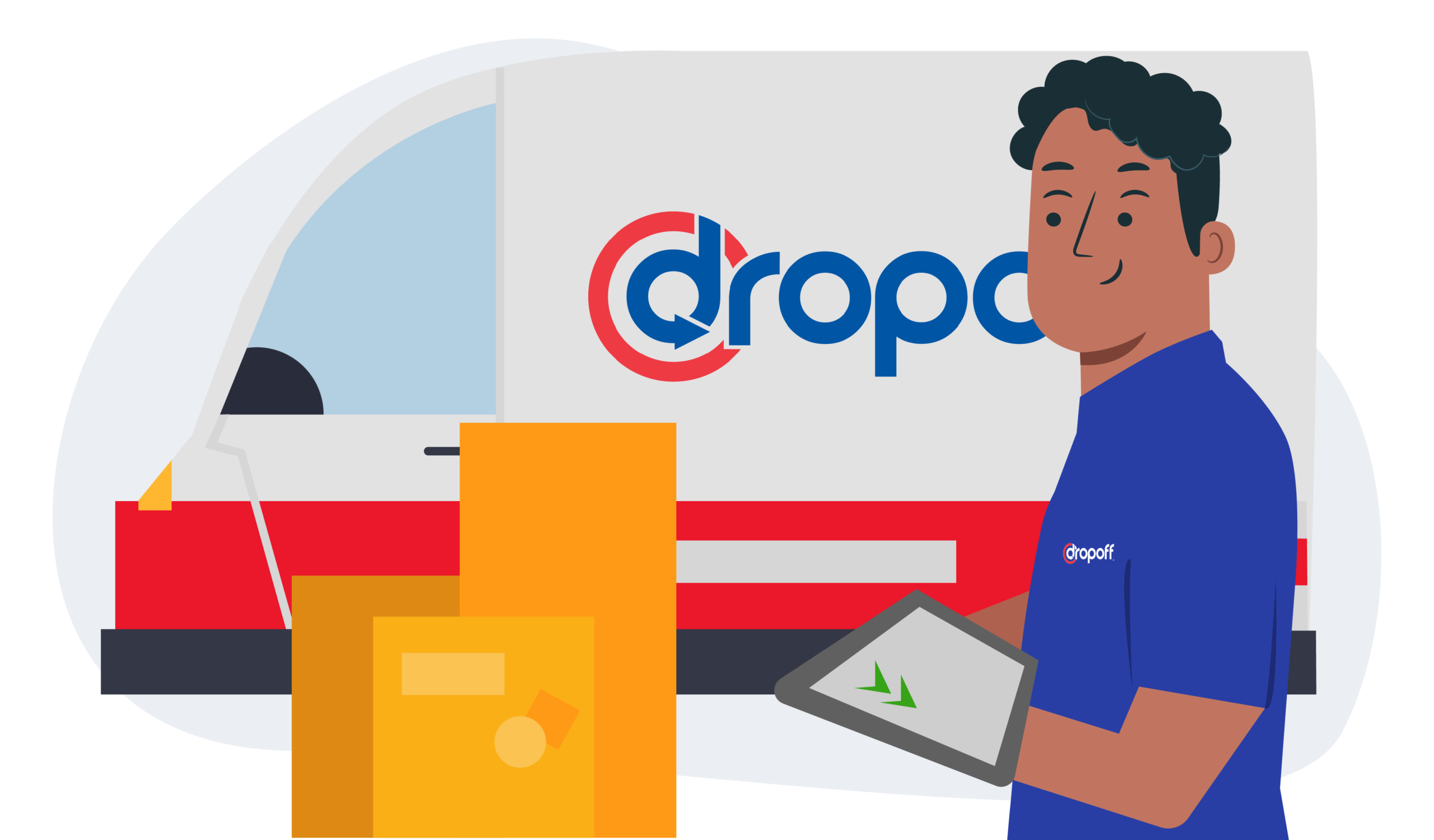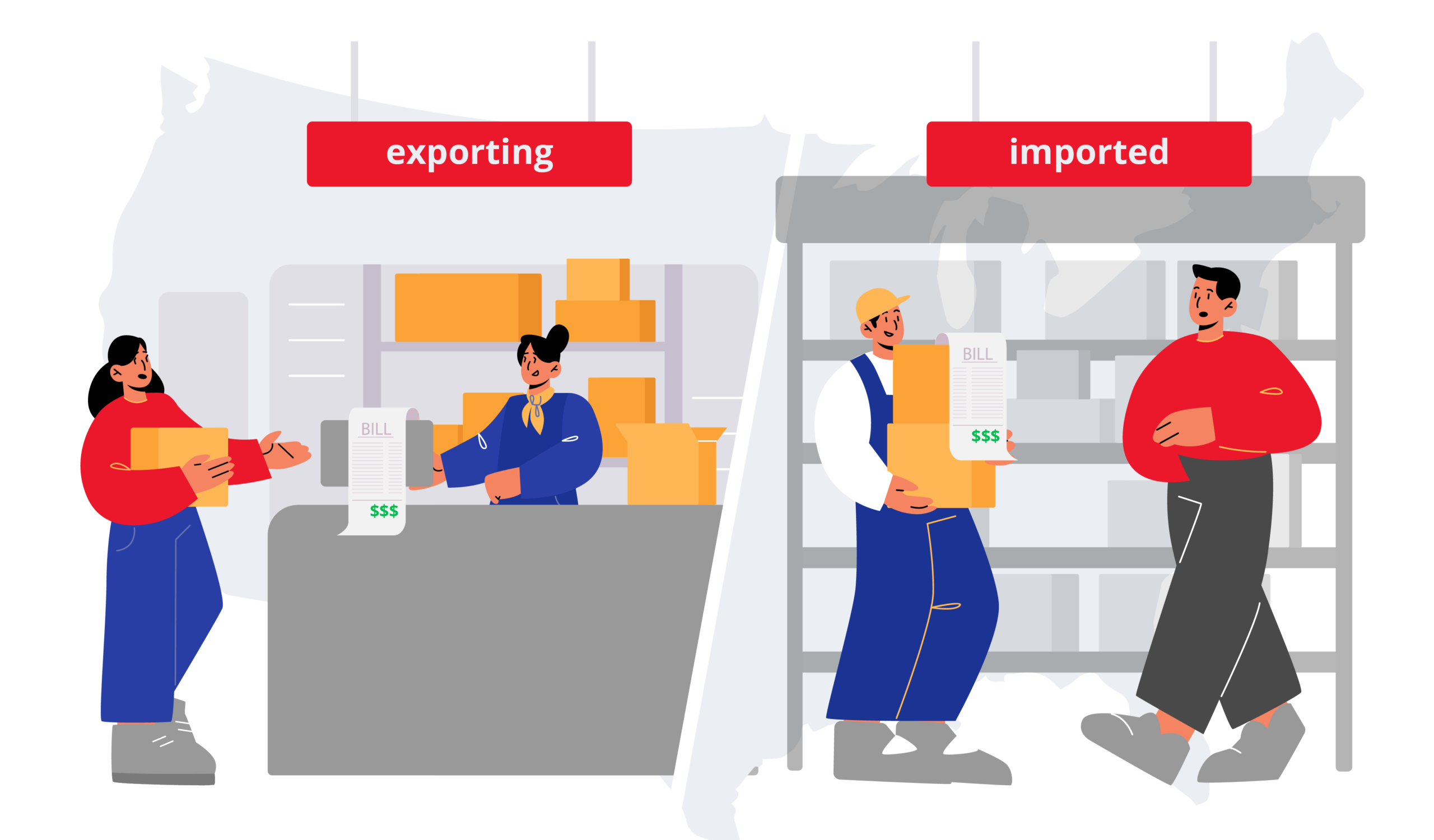What Is Delivery as a Service and When Does Your Company Need It?
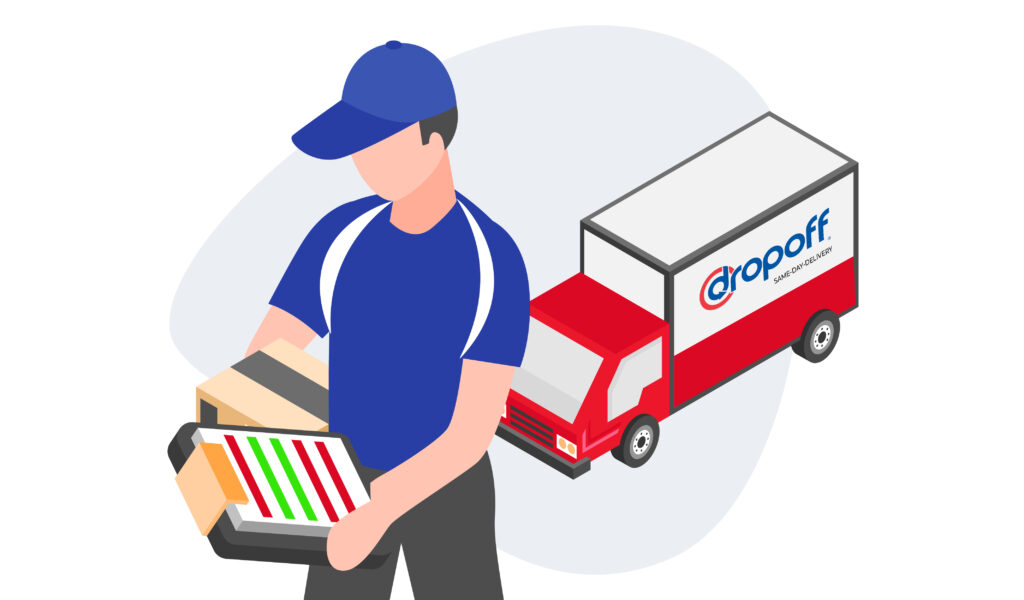
In today’s fast-paced business environment, companies constantly look for ways to streamline their operations and improve their bottom line. One way to achieve this is through using Delivery as a Service (DaaS).
In this article, we will explain how the Delivery as a Service model works and when your company needs it. Keep reading, and you will learn how to make the most of this powerful tool.
What Is Delivery as a Service?
Delivery as a Service is when a company outsources its logistics needs to a third-party provider. This provider will manage the entire delivery process, aligning it with customers’ expectations in the on-demand economy.
Delivery as a Service allows businesses to quickly get couriers without owning their vehicles, hiring drivers, or managing their fleets. Instead, it offers affordable rates using the latest technology and optimizing transportation.
As a result, businesses can offer faster shipping options like next-day or same-day delivery or even weekend delivery.
Check out our guide on how 3PL integration works.
Top 5 Benefits of Delivery as a Service for Companies
In the B2B space, working with Delivery as a Service providers come with many benefits.
1. On-Demand Delivery
Customers want convenience, and on-demand delivery helps businesses meet their expectations. On-demand delivery is when customers choose when and where to have their orders delivered.
However, it gets challenging for businesses, especially startups and smaller retailers. It’s not easy finding shipping partners, planning routes, picking and packing orders, coordinating shipping, and possibly maintaining their fleet of vehicles.
DaaS providers help with these challenges, letting businesses offer on-demand delivery without hiring and managing their fleet. They handle the shipping process, such as picking up ready-to-ship orders and completing last-mile delivery.
In addition, third-party logistics (3PL) providers will handle the entire fulfillment process, including first-mile delivery.
2. Reduced Costs
Delivery as a Service providers often have economies of scale that let them offer lower costs than B2B companies could achieve. These providers have larger fleets of vehicles and better relationships with suppliers and vendors. As a result, they get better prices on fuel, insurance, and other expenses.
Plus, they have more advanced technology and logistics systems that optimize routes, lowering transportation costs.
Here’s a quick read on the five best tips to optimize your delivery routes.
3. Increased Efficiency
Delivery as a Service providers typically have established processes for handling and delivering goods. They likely have automated warehouse management systems, real-time tracking, and technologies that can reduce errors and delays. This will lead to more accurate delivery estimates and higher customer satisfaction.
4. Flexibility
Fluctuations in demand are another challenge Delivery as a Service providers handle well. They allow B2B companies to efficiently scale up or down their delivery needs. Businesses can avoid over or under-investing in logistics infrastructure and be more agile in changing market conditions.
5. Improved Logistics
Most providers will have sophisticated logistics systems in place. These systems help improve the tracking, monitoring, and management of deliveries. The list goes on, from real-time visibility of shipments and automated notifications to other tools that help improve customer satisfaction.
Additionally, most providers help your business avoid mistakes while increasing overall transparency and control over the delivery process.
How Does Delivery as a Service Work?
To understand this business model better, let’s break down its entire process.
1. Initial Consultation
The Delivery as a Service provider starts by consulting with the business to understand their logistical requirements.
2. Customized Solution
Based on the consultation, the provider will create a customized solution that meets the customer’s delivery requirements. This may include same-day delivery, next-day delivery, or weekend delivery.
Here’s everything you need to know about delivery scheduling.
3. Fulfillment
The provider will use their network of transportation partners, including delivery companies, independent contractors, and crowdsourced drivers, to fulfill orders.
Their technology platforms are great at optimizing delivery routes, tracking deliveries in real time, and providing proof of delivery.
4. Additional Services
Additional services include warehousing and fulfillment, inventory management, picking and packing, and labeling and packaging for shipment.
5. Automation
The providers will then use a software platform to automate the entire process, managing multiple customers and deliveries in real time.
6. Customer Convenience
The software platform will enable customers to place orders, track their deliveries, and real-time access data on delivery performance.
Examples of Delivery as a Service Companies
Below you will find a list of Delivery as a Service companies and learn how they have perfected the business model.
1. DoorDash Delivery as a Service
DoorDash, a food delivery company, allows customers to order food from local restaurants and have it delivered to them. Merchants use the platform to expand their delivery capabilities by leveraging DoorDash’s logistics network.
2. Postmates Delivery as a Service
Postmates allows customers to order from local merchants and deliver them to their location, offering a wide range of goods. They use a fleet of couriers to pick up and deliver orders, providing fast and flexible delivery options for their customers.
3. Uber as a Delivery Service
Uber provides Delivery as a Service for businesses and customers through Uber Eats and Uber for Business. It uses its vast network of drivers to facilitate pick-up and delivery of essentials and courier package delivery services.
4. Amazon Delivery as a Service
Amazon provides business delivery services through its Amazon Logistics and Transportation Services platform. These services include warehousing and inventory management, transportation, and last-mile delivery.
Using the Delivery as a Service Model in Different Industries
Now you know how Delivery as a Service model generally works. But how exactly does it work in different industries?
1. Healthcare Industry
In the healthcare sector, Delivery as a Service providers offer transportation of medical equipment and supplies. These providers can maintain strict temperature control and handle sensitive items, ensuring the safe delivery of these goods to healthcare facilities.
2. Retail Industry
In the retail sector, Delivery as a Service providers offer transportation and delivery services for products to customers. They handle high-volume shipments, returns, and exchanges, allowing retailers to expand their reach and offer fast delivery options to customers.
3. Industrial Sector
Delivery as a Service providers in the industrial sector offer transportation and delivery services for raw materials, parts, and finished goods. This includes heavy-duty transportation for large or heavy items and hazardous material handling and logistics services.
How Dropoff Can Help
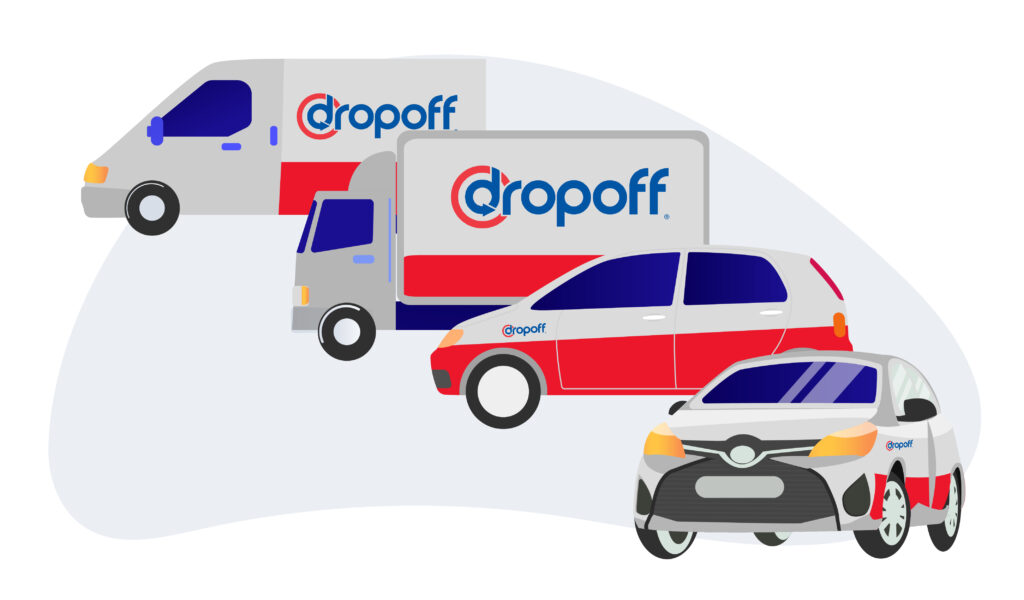
Building software for Delivery-as-a-Service is complex. It considers real-time updates, unpredictable events, and constantly changing customer needs. Assessing these variables requires plenty of time and resources. However, our team’s expertise and innovation help us deliver the best possible experience for our customers.
Neil Seth, Chief Technology Officer
In summary, the Delivery as a Service model is a flexible solution for businesses looking to outsource their delivery logistics. At Dropoff, we offer many delivery options, including same-day, next-day, and STAT delivery, to meet our customers’ needs.
Our transportation partners, advanced technology, and warehousing and fulfillment services let us handle all aspects of the delivery process. All you have to do is focus on growing your business.
We understand the importance of real-time tracking and customer concerns, which is why we have 24/7 support.
Talk with a Dropoff expert today to streamline your delivery process and take the logistics off your plate.
FAQs on Delivery as a Service
Delivery as a Service (DaaS) is when a company outsources its delivery and logistics needs to a third-party provider. This provider will manage the entire delivery process, aligning it with customers’ needs and expectations.
Delivery as a Service providers usually only handle last-mile delivery. However, not all providers are the same. Some 3PL providers offer Delivery as a Service as part of their broader fulfillment services.
These 3PL providers can handle additional aspects of the fulfillment process, such as picking and packing, shipping coordination, and inventory management.
Therefore, the terms “DaaS” and “3PL” are not synonymous, as not all Delivery as a Service providers include other fulfillment services.
Learn more about how 4PL logistics work.
Working with Delivery as a Service providers benefit retailers by making their operations more efficient. These partnerships improve retailers’ delivery operations and reduce costs, helping them focus on their core activities and expand their market reach.

